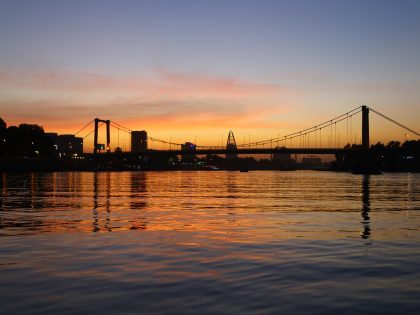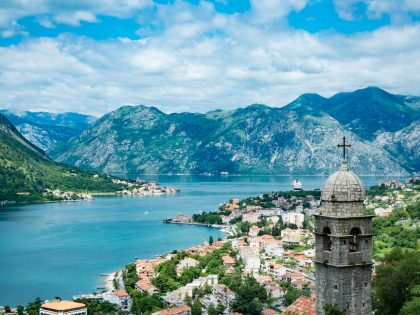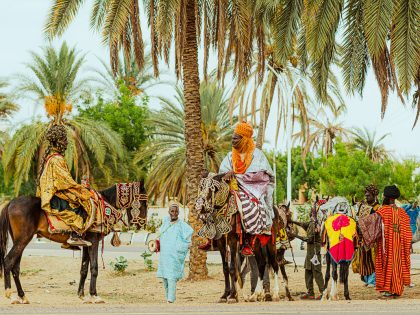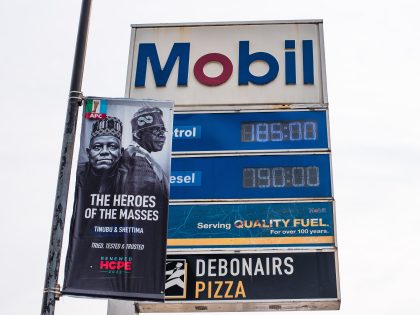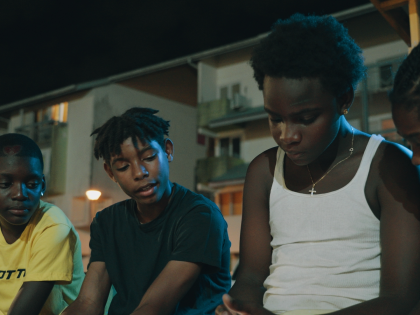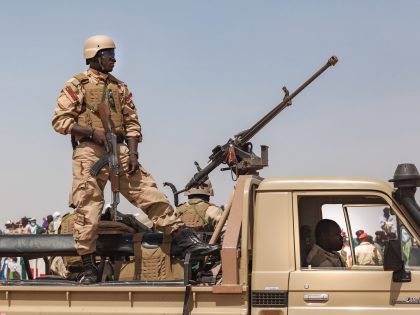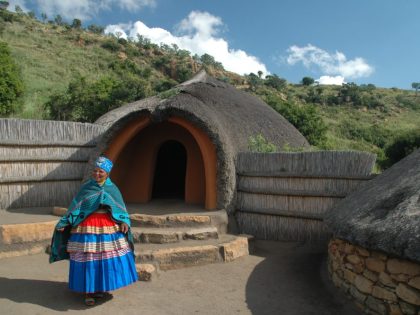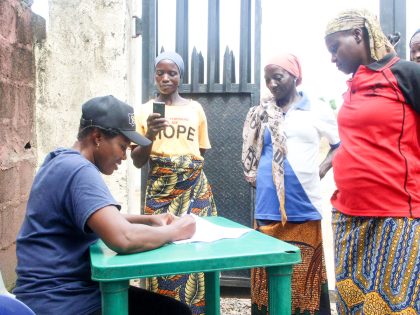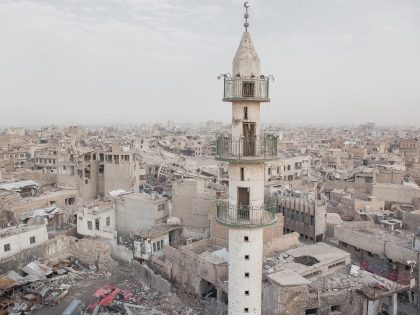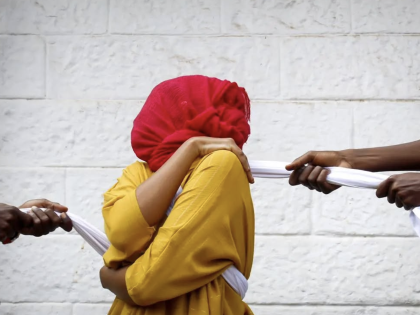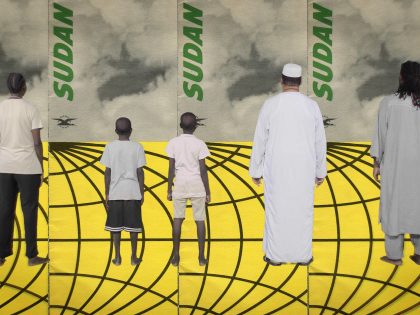Darfur to Brooklyn
Approximately 300 Darfuri immigrants from Sudan live in Kensington neighboorhood of Brooklyn in New York, making new lives.

On Sunday “The New York Times” published a photo essay on the daily lives of the approximately 300 immigrants from the Darfur region of Sudan who live in Kensington, Brooklyn. The images are by Dave Sanders, “a photojournalist who lives in nearby Park Slope, has been documenting the community since the fall of 2008.”
He was interviewed on The Times’ Lens Blog. Sanders gets asked about his most memorable interaction:
I’d have to say the wedding, honestly. There was just so much energy and excitement and it did not stop. That wedding started very late at night and it went very early into the morning and it just didn’t slow down. It was impossible not to get caught up in that.
Actually, it was kind of funny. A number of people invited me. No one directly involved in the ceremony, but the community is such that anyone going felt like they could offer an invite to me. So I actually had about half a dozen invitations.
You can see the refugees, now migrants, doing, among other things, back-breaking work, at a wedding (above) and, Abdallah Abaker, a taxi driver, who paints in his free time.
We also learn that the largest group of Darfuris in the United States live in Fort Wayne, Indiana, and that some move between there and New York City.
